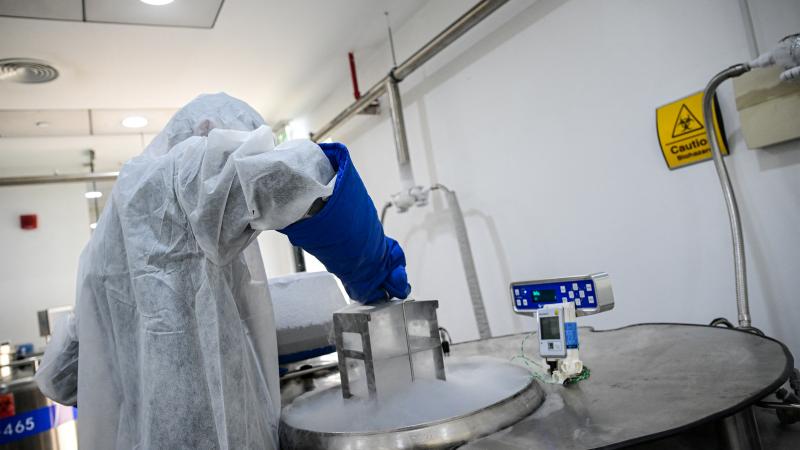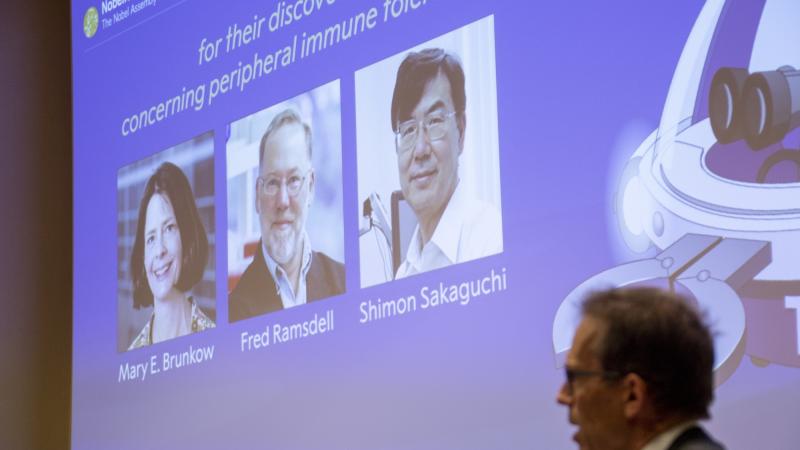Particle physicists announce discovery of three new subatomic particles
Discovery was made using advances particle collider.
Scientists with the European Organization for Nuclear Research today announced the discovery of three previously unknown subatomic particles, a detection that came from within one of the most advances physics laboratories in the world.
Physicists working at the Large Hadron Collider said in a press release that in recent experiments they had observed "three never-before-seen particles: a new kind of 'pentaquark' and the first-ever pair of 'tetraquarks', which includes a new type of tetraquark."
The LHC is built in a 17-mile-long tunnel beneath the France-Switzerland border in the vicinity of Geneva. The massive device is meant to accelerate two subatomic particles to high speeds in order to force them to collide; scientists studying the results of thees collisions are able to draw inferences from the subatomic structure of the universe.
“Finding new kinds of tetraquarks and pentaquarks and measuring their properties will help theorists develop a unified model of exotic hadrons, the exact nature of which is largely unknown,” LHCb spokesman Chris Parkes said in the press release. “It will also help to better understand conventional hadrons.”
The LHC was shut down from 2018-2021 in order to undergo a significant upgrade.
















